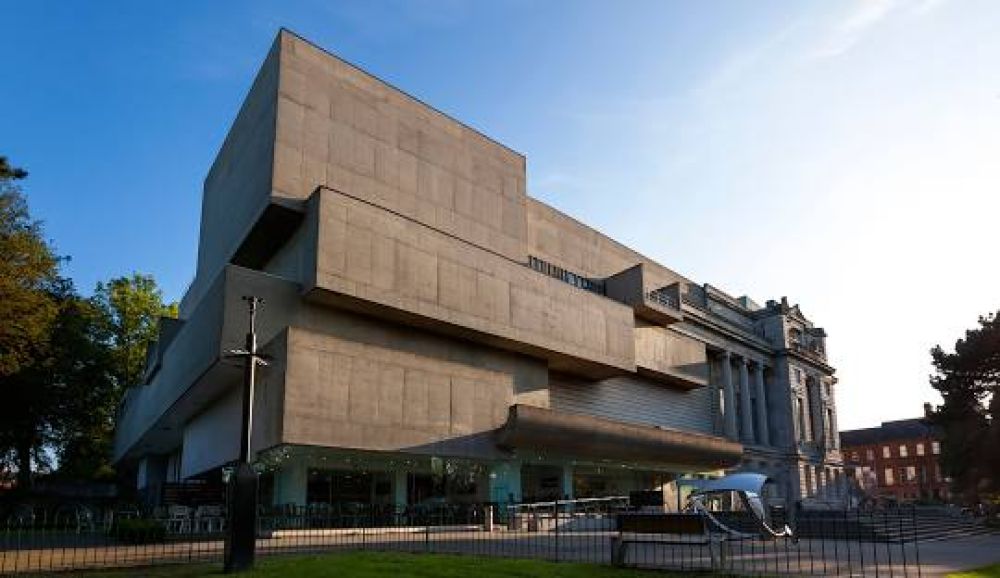

The history of tourism at the Ulster Museum in Belfast, United Kingdom, is intertwined with the city's cultural and educational evolution. Since its official opening in 1929, the museum has been a cornerstone of Belfast's historical and artistic tourism. Located in the Botanic Gardens in the university area of the city, the museum has undergone several renovations and expansions, the most significant of which occurred between 2006 and 2009, reopening to the public with a fresh, modern appearance.
Originally, the museum attracted visitors due to its extensive collection of fine arts, applied arts, archaeology, ethnography, biology, geology, and local history. It gained fame for exhibitions like the Spanish Armada exhibition, which drew large numbers of visitors both locally and internationally.
Over the years, the types of exhibits and collections have evolved to match contemporary interests and educational standards. This has included the incorporation of interactive and digital displays, which have broadened the museum's appeal to a younger, tech-savvy generation. The introduction of special exhibitions on topics ranging from the Titanic to Game of Thrones has also served to draw tourists with varied interests.
Today, trending in Ulster Museum tourism is the blending of historical artifacts with cutting-edge technology. Virtual reality installations and augmented reality apps enable visitors to engage with exhibits in a more immersive manner. Additionally, the museum's commitment to accessibility and education has been at the forefront, with programs designed to accommodate tourists from all walks of life, including those with disabilities.
The museum has also embraced the trend of experiential tourism, where visitors actively participate in workshops and guided tours that bring history to life. Educational programs for schools and interactive family-friendly events help foster a deeper connection with the region's heritage and culture.
In recent years, the Ulster Museum has capitalized on their strong ties to cultural events and historical landmarks tied to the legacy of Northern Ireland, thereby promoting combined tourism experiences. These include visits to the Giant's Causeway, the historic walls of Derry, and the Titanic Quarter, which have all become part of the narrative that attracts tourists to Northern Ireland and to the Ulster Museum itself.
The latest trend the museum is a part of is the global shift towards sustainable tourism practices. The museum plays its role by participating in initiatives that support the conservation of art, culture, and natural history. It encourages education and engagement regarding environmental issues through its exhibitions.
In line with global trends, the Ulster Museum continues to adapt and evolve, ensuring that it remains a key destination for tourists seeking to experience the rich tapestry of Northern Ireland's history and culture. Its dynamic approach to exhibition development and community engagement ensures that the Ulster Museum's legacy as a beacon of culture and learning in Belfast will continue for many years to come.